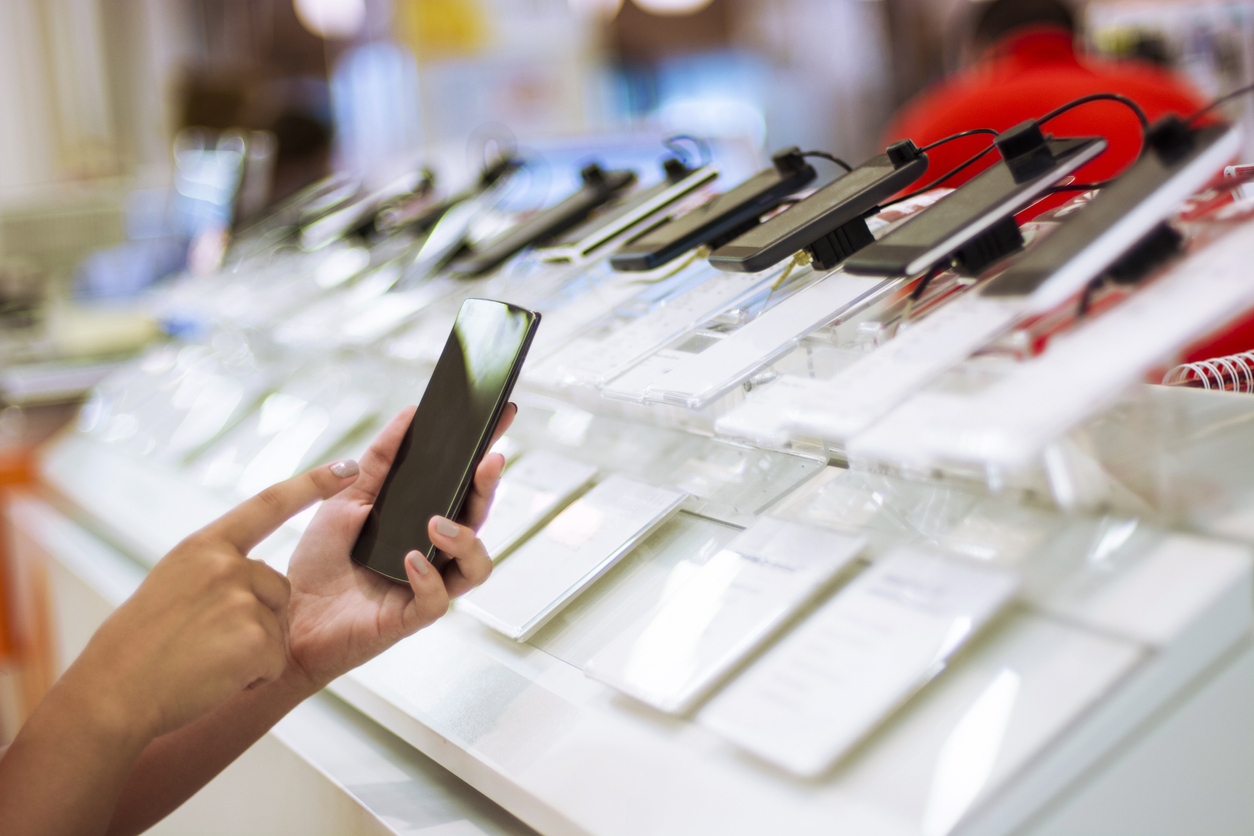
December 15, 2023
Reports anticipate an annual growth rate of 23% to 25% for the online retail industry through 2028
The broader Indian consumer internet segment is primarily propelled by the fashion, mobility, and media segments
Concurrently, the online retail sector is forecasted to surpass US$ 160 billion by 2028
50% of current online grocery buying is attributed to the quick commerce model

Estimates from consulting firms, investors, and consumer internet entities project that India’s consumer technology market will reach US$ 300 billion by 2027. Concurrently, the online retail sector is forecasted to surpass US$ 160 billion by 2028.
A collaborative report by consulting giant Bain & Company and e-commerce leader Flipkart anticipates an annual growth rate of 23% to 25% for the online retail industry through 2028. According to a report by venture capital firm Chiratae Ventures, market research company 1Lattice, and Google, the broader Indian consumer internet segment is expected to triple to US$ 300 billion by 2027, primarily propelled by the fashion, mobility, and media segments.
The Bain-Flipkart report suggests that the online retail industry is projected to reach US$ 57-60 billion by the end of 2023, marking a growth of 17-20% from the previous year. Despite this growth, online spending is anticipated to constitute only 5% to 6% of the total retail spending, in contrast to 24% in the US and over 35% in China.
Experts acknowledge a temporary sentiment erosion due to inflation and economic challenges but anticipate a robust recovery, particularly in discretionary categories such as apparel and electronics. The report emphasises the significance of growth in gross domestic product per capita as a crucial factor in unlocking e-retail growth over the next decade.
The Bain report projects that 60–70 million households in India will join the upper-middle and upper-income brackets, contributing to at least 80% of e-retail spending by 2028. Essential to driving the penetration of online retail will be business models such as quick commerce, fast fashion, hyper-value platforms, and live commerce, according to Sankalp Mehrotra, Vice President of Monetization at Flipkart.
The experts note the pivotal role of quick commerce in driving online grocery purchases, with 50% of current online grocery buying attributed to this model. Additionally, hyper-value platforms offering economical and unbranded products are seen as crucial for expanding into tier-2 and beyond.
The Bain report highlights that many online shoppers are from non-metro cities, with 70% hailing from tier-2 cities and beyond. Moreover, over 30% of online shoppers are young, born in 1997 or later, and come from low-income or low-middle-income segments.
Source: Economic Times